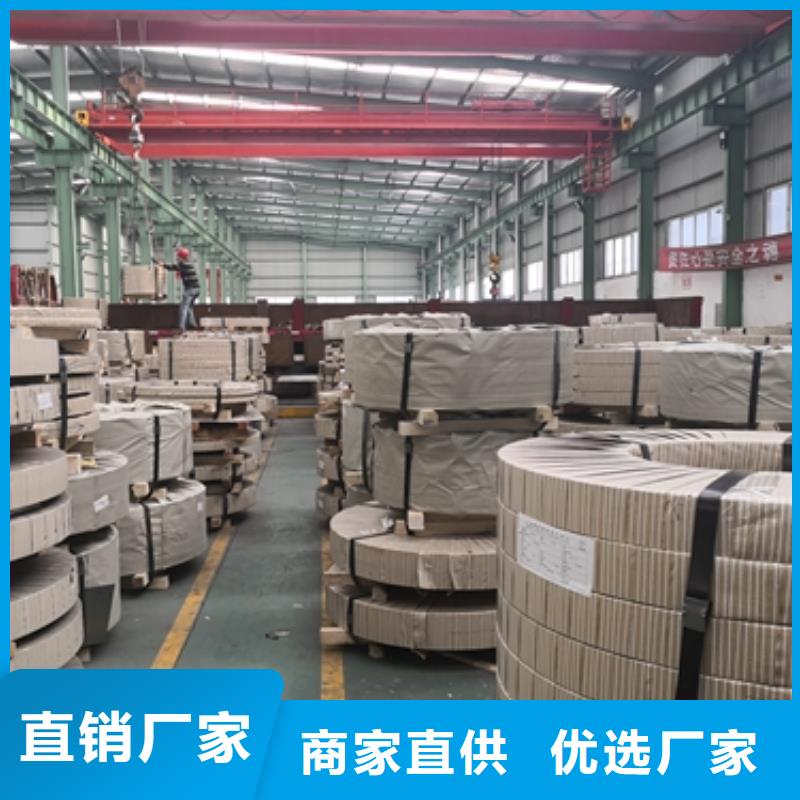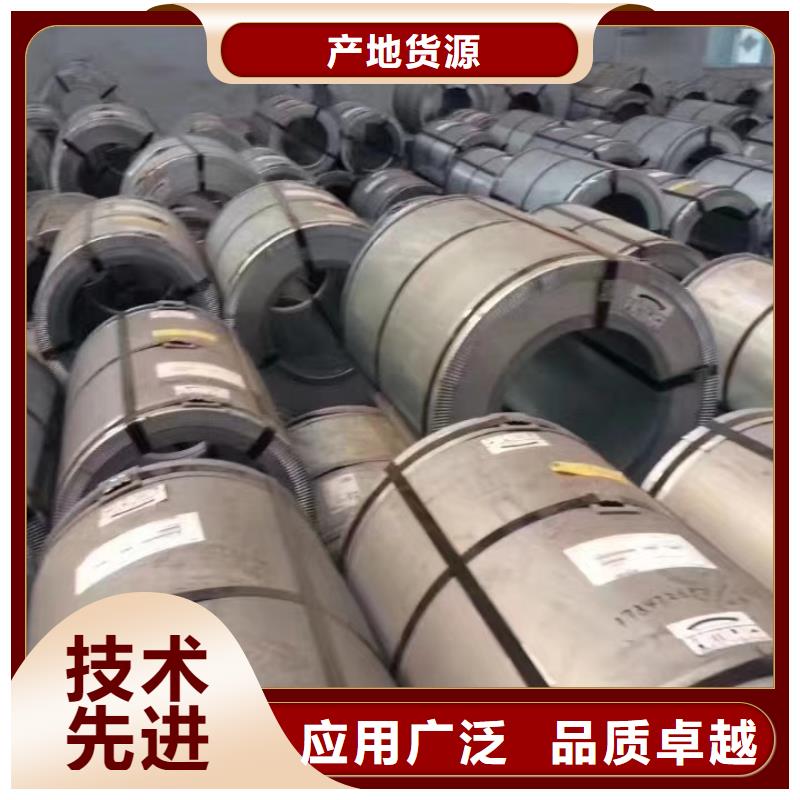我们的马达转子硅钢DW270-50图层产品视频已经准备好,它将为您呈现产品的完美细节,让您为之惊叹不已。
以下是:马达转子硅钢DW270-50图层的图文介绍

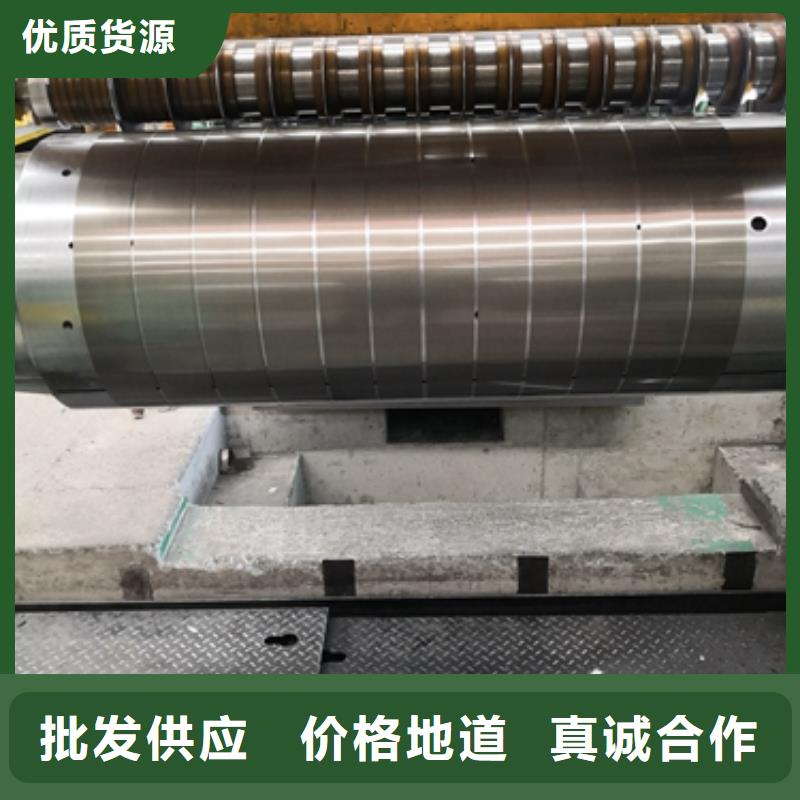
电工钢硅钢片Intro of iron core of automobile driving motor。At present, the motor technology of high-speed punching of stator and rotor iron core at home and abroad has developed rapidly. With the development of stamping equipment, new equipment with high quality, high efficiency and high precision has been provided for the production of motor punching pieces of high-speed punching of stator and rotor iron core at home and abroad, which has brought the motor punching process technology. Therefore, the design technology of new technology and equipment suitable for it has become a new research topic. The simultaneous separation of stator punching groove and stator punching groove of motor high-speed punching stator rotor iron core the simultaneous cutting of air gap between rotor punching and rotor punching groove is a new technological scheme applied to high-speed punching machine. This scheme has been widely used in foreign countries and has just begun research and application in domestic motor industry. Therefore, some discussions are made to realize the design technology of this technology according to the required technological equipment.The influence of motor high-speed punching of stator and rotor iron core: the influence of motor punching process technology of motor high-speed punching of stator and rotor iron core in new product development the traditional process of motor punching in our country is two categories: double punching and single punching, which are analyzed as follows:1) the process scheme of double punching groove: this scheme has good groove shape and uniformity, few processes and few tooling, but the tooling is complex and requires high precision, good equipment conditions, long tooling manufacturing cycle and Cheng Bengao, which is only suitable for mass production and is not conducive to new product development and small batch trial production.2) single-type punching process scheme: this scheme has poor groove shape, many processes, many tooling, many equipments, simple tooling, unstable quality, long production cycle and Cheng Bengao, and is only suitable for medium and small batch production.Requirements for high-speed punching of stator and rotor iron core of motor: 1. Positioning accuracy requirements. In this technological scheme, the two composite processes of punching groove separation and punching groove cutting air gap require the same positioning Benchmark, ensuring that the concentricity of the groove shape of the stator and rotor, the outer circular dove tail groove and shaft hole is not more than 0.02mm, the positioning of the center hole meets the technical requirements of concentricity, and the joint positioning of the small side hole and the center hole meets the requirements of circumferential orientation. 2. Precision requirements of composite process. Punching and groove separation compound process: This process has Groove-shaped convex mold and incision convex mold to complete the progressive blanking process. This process first punches and then cuts to separate the fixed and rotor punching pieces. The Two convex molds act synchronously on the same center track, and the central included angle between the two convex molds is one and a half times the central included angle of the groove. This process equipment is applied to high-speed punching machines, the groove-shaped indexing accuracy is guaranteed by the CAM stepping mechanism on the equipment;Electric vehicle is an economical and clean green vehicle based on electric drive,Environment and other aspects have * competitiveness, and can conveniently use modern control technology to realize its electromechanical integration, with broad development prospects.The motor drive system of the iron core of the automobile drive motor is the power source of the electric vehicle, and is the main body and internal basis for determining various performance indexes of the automobile operation. At present, electric vehicle motors mainly include DC motors, induction motors, permanent magnet brushless motors and switched reluctance motors.Automobile drive motor iron core permanent magnet brushless motor can be divided into two categories: one is permanent magnet synchronous motor with sine wave current,The other is the BLDC motor with rectangular pulse wave current.Two kinds of motors, the rotor is magnet, the motor rotor does not need brush and excitation winding, through stator winding commutation to generate rotating torque. Because the rotor has no excitation winding, no copper consumption, small magnetic flux and very small iron consumption at low load, therefore, the permanent magnet brushless motor has a high "Power/mass" ratio and can run at high speed. At the same time, it is easy to cool down because there is no abrasion of the rotor and the stator winding is the main heat source.The characteristics of the iron core of the automobile driving motor; The permanent magnet brushless motor of the iron core of the automobile driving motor has high reliability and high output power. Compared with other motors with the same rotating speed, it has the characteristics of small volume, light weight, easy maintenance, high efficiency, high power factor, etc. The rotor has small electromagnetic time constant and good dynamic characteristics of the motor. Through adjustment and conduction angle, constant power operation can be realized, and the efficiency of the motor can also be optimized by optimizing control angle, thus obtaining wider constant power operation area and higher efficiency.Overview of motor high speed punching stator and rotor iron core
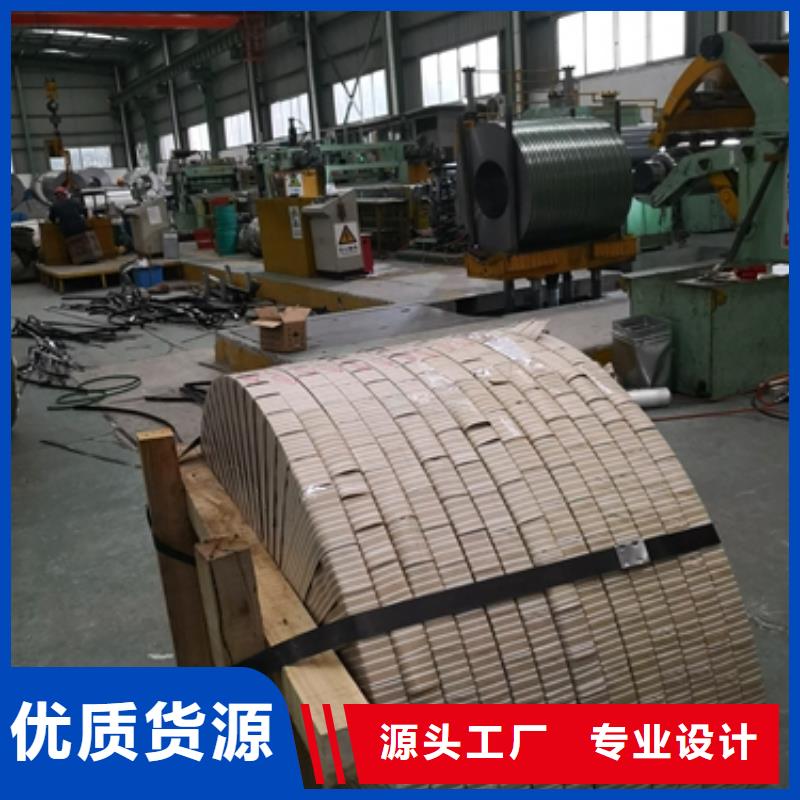
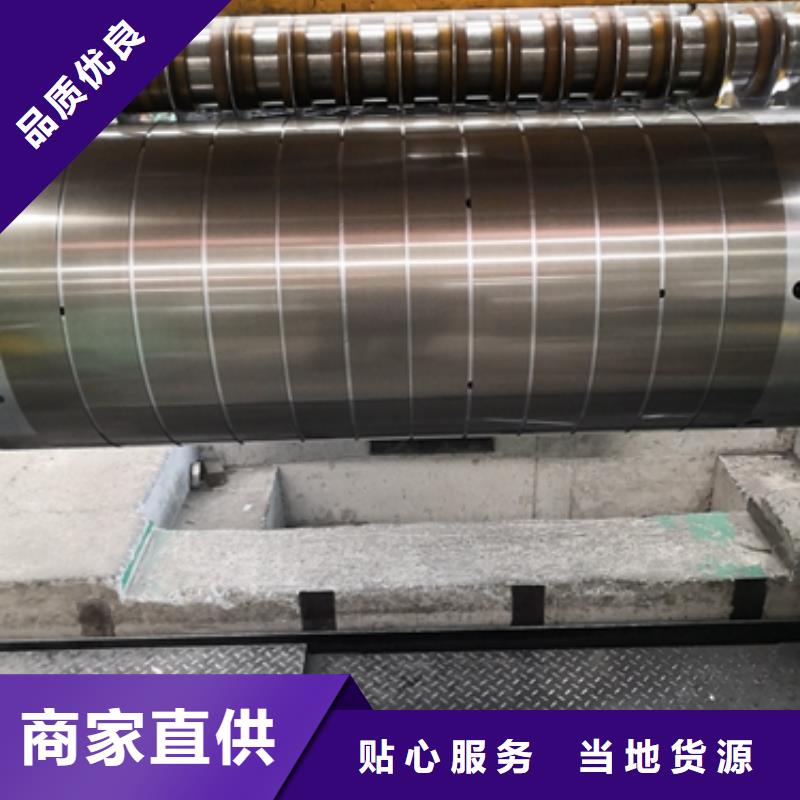
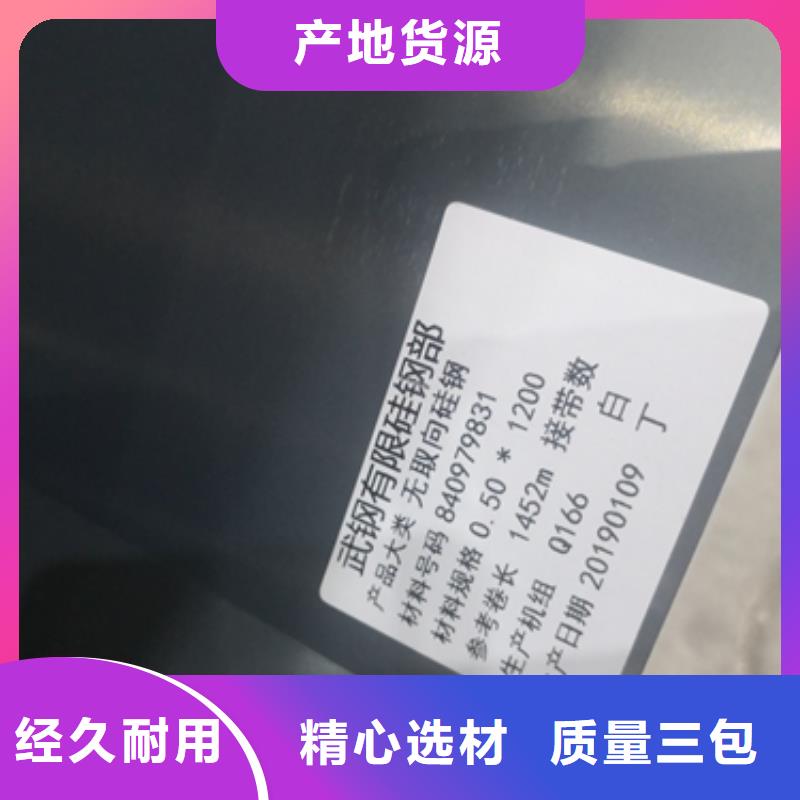
鹿程国际贸易有限公司应对全球化的经济发展,以先进的管理理念,及时的信息,努力为 湖南岳阳电工钢客户提供便捷,有效的资源。公司发扬以优质的服务为目标,靠诚实守信获双赢的经营理念,坚持以人为本的企业文化,推崇“尊重个人,服务客户,追求卓越”的原则,凭借创新领导管理层,稳定的员工队伍,完善的管理制度,与快速发展的企业信息化建设,与客户建立长期的合作关系。


电工钢硅钢片Electrical steel, also known as silicon steel sheet, is an indispensable metal material in the power, electronics, and military industries, and is also the largest functional material in production. It is mainly used as the iron core for various motors, generators, and transformers. Specific total loss (iron loss) is the total power consumed per unit mass of material when the magnetic polarization waveform remains sinusoidal, with a specific peak and frequency. The specific total loss is represented by the symbol P (Jm/f), in W/kg. Example: P1.5/50 represents the specific total loss at a maximum magnetic polarization intensity of 1.5T and a frequency of 50Hz. 3.2 Magnetic Polarization Q/BQB 480-20212 Magnetic polarization intensity refers to the peak magnetic polarization intensity of a specific magnetic field intensity when a sample is subjected to alternating magnetization. Its symbol is J (H), and the unit is T (Tesla). Example: J5000 represents the peak magnetic polarization intensity corresponding to a magnetic field intensity peak of 5000A/m. The material grades in this document are classified based on the nominal maximum specific total loss P1.5/50 (W/kg) at a magnetic polarization strength of 1.5T and a frequency of 50Hz, as well as the nominal thickness of the material. They are further divided into three categories based on product characteristics: ordinary type, stress relief annealing type, and high-efficiency type. Example 1: B35A210 represents a common non oriented electrical steel with a nominal thickness of 0.35mm, and the maximum nominal specific total loss value P1.5/50 is 2.10W/kg; Example 2: B35AR300 represents a stress relieved annealed non oriented electrical steel with a nominal thickness of 0.35mm, and the maximum nominal specific total loss value P1.5/50 is 3.00W/kg; Example 3: B35AH230 represents an efficient non oriented electrical steel with a nominal thickness of 0.35mm, and the maximum nominal specific loss value P1.5/50 is 2.30W/kg. Example 4: 35WW210 represents a normal type WW non oriented electrical steel with a nominal thickness of 0.35mm, and the maximum nominal specific loss value P1.5/50 is 2.10W/kg. Example 5: 35WH230 represents an efficient WH non oriented electrical steel with a nominal thickness of 0.35mm, and the maximum nominal specific loss value P1.5/50 is 2.30W/kg. The classification and code of insulation coatings shall comply with the provisions of Table 2. Table 2 Classification and Code of Insulation Coatings Type Code Characteristics of Insulation Coatings Semi organic Thin Coating A Improves Punching Performance and Has Good Weldability Semi organic Thick Coating H has Good Punching Performance and High Interlayer Resistance Semi organic Chromium Free Thin Coating K does not contain chromium and has good weldability Semi organic Chromium Free Thick Coating M does not contain chromium and has good insulation performance Semi organic Chromium Free Extreme Thick Coating J does not contain chromium and has excellent insulation performance Semi organic Chromium Free Ultra Thick Coating L does not contain chromium and has extremely high insulation performance Self adhesive Coating
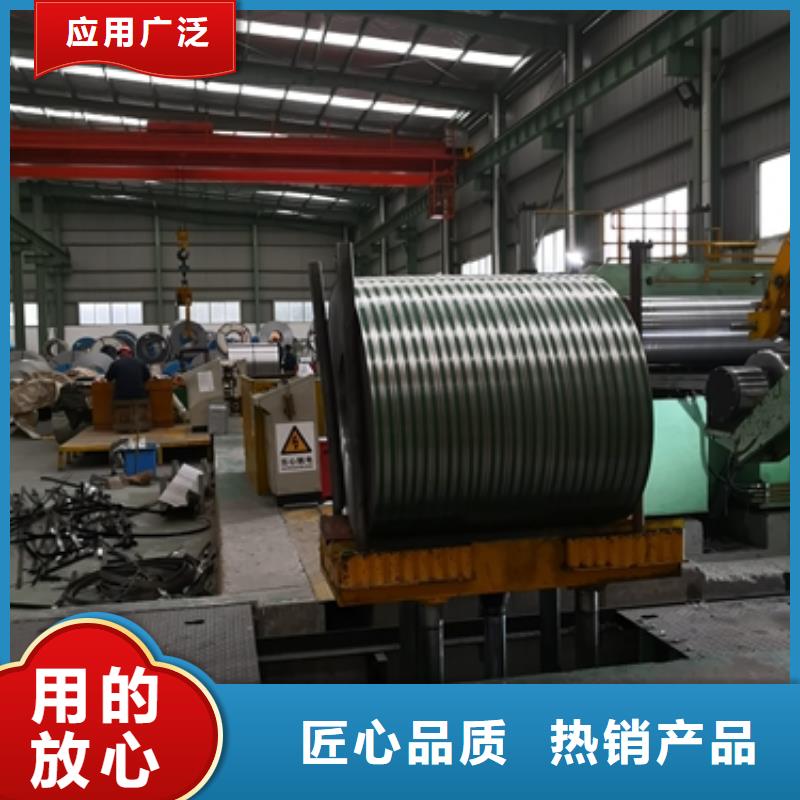
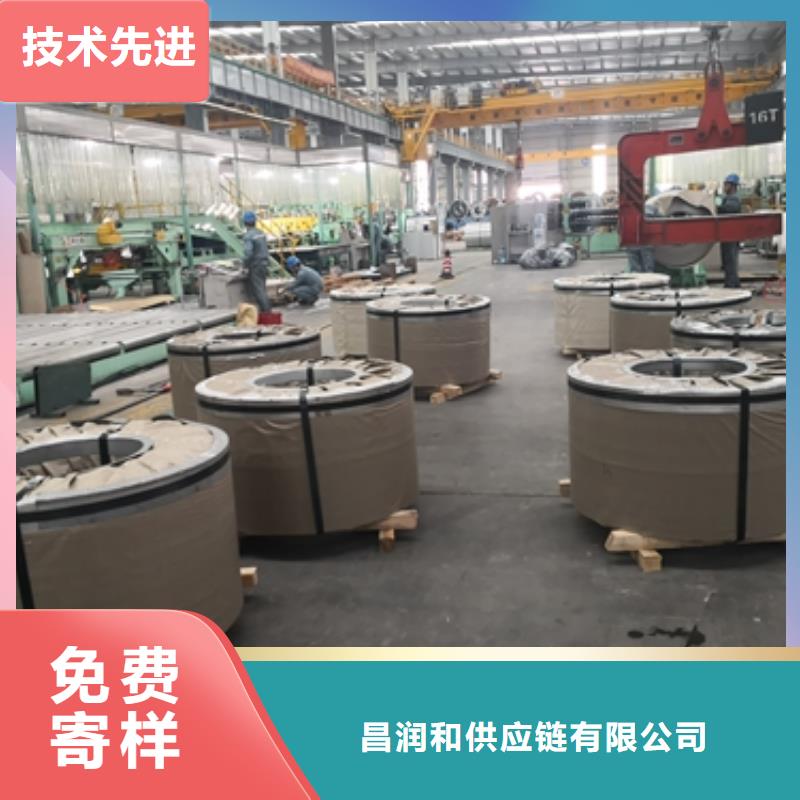
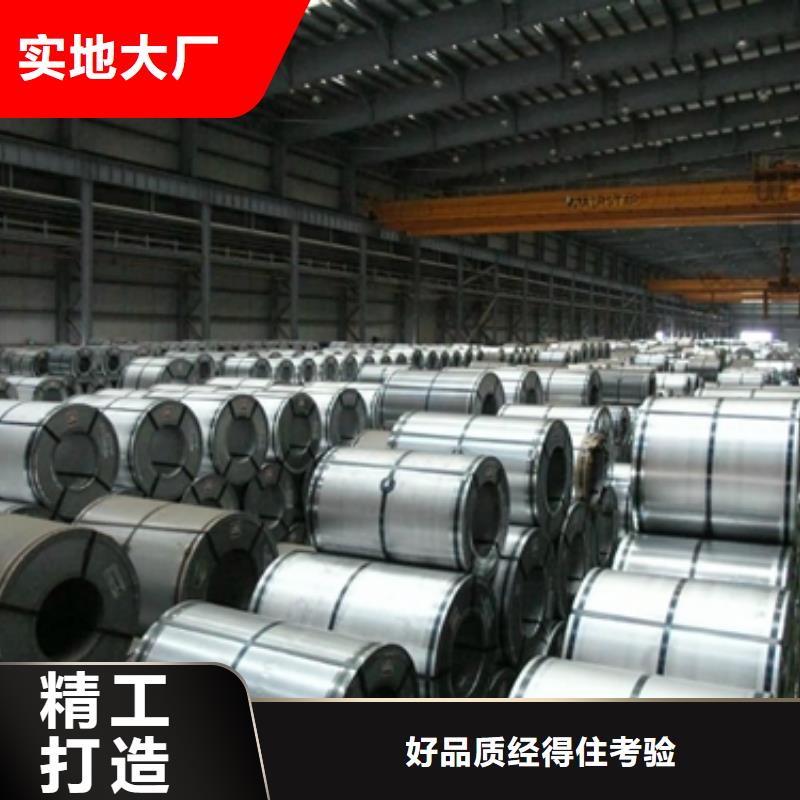
电工钢硅钢片:本文件的符号和相应的说明见表1。表 1 符号和说明符号 单位 说明P W/kg 比总损耗,通常称为铁损P1.5/50 W/kg 磁极化强度在1.5T、湖南岳阳附近频率在50Hz下测得的比总损耗P1 W/kg 横向试样的比总损耗值P1.5/50 P2 W/kg 纵向试样的比总损耗值P1.5/50 T1.5/50 % 比总损耗P1.5/50的各向异性H A/m 磁场强度J T 磁极化强度J1000 T 磁场强度峰值为1000A/m下测得的磁极化强度峰值J2500 T 磁场强度峰值为2500A/m下测得的磁极化强度峰值J5000 T 磁场强度峰值为5000A/m下测得的磁极化强度峰值J10000 T 磁场强度峰值为10000A/m下测得的磁极化强度峰值μ0 H/m 真空中的磁导率取4?×10-7 B T 磁感应强度,B=μ0H+JReL MPa 下屈服强度Rm MPa 抗拉强度A % 断后伸长率C Ω·cm2/面或Ω·mm2/面 表面绝缘电阻系数RA Ω·cm2/片或Ω·mm2/片 层间电阻系数



